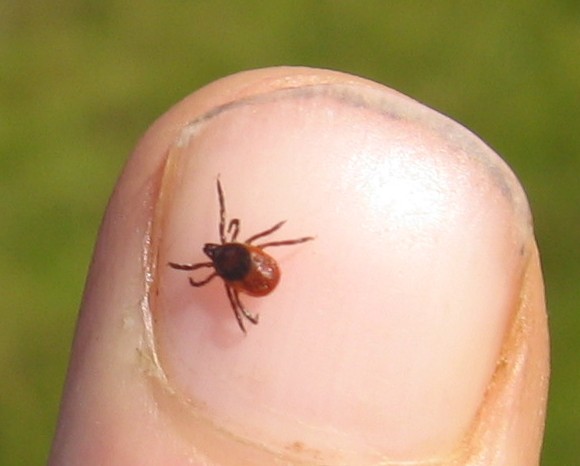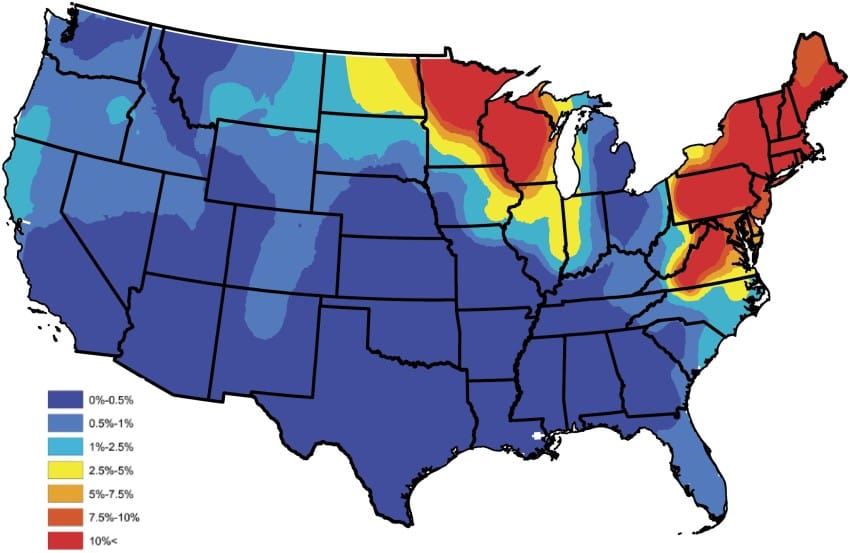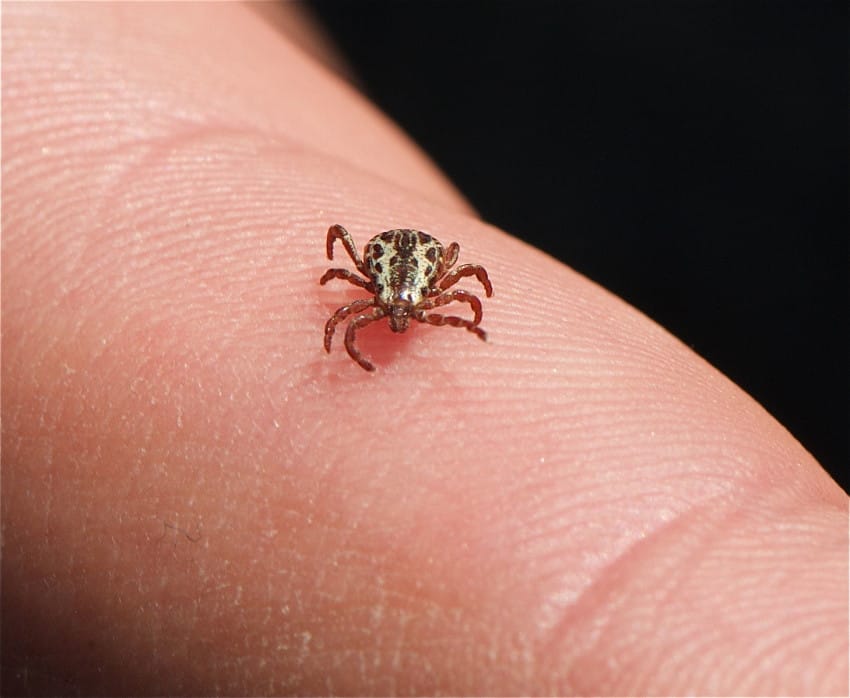Now that it’s almost summer, the weather is finally getting nicer, and it doesn’t seem unreasonable to spend hours at a time outside.
Spring and summer are the perfect seasons to spend a bunch of time outside enjoying the sunshine.
The problem with spending a lot of time in nature is that our bodies don’t always react well. From sunburns to seasonal allergies, sometimes it seems like our bodies are fighting our instinct to go outside and enjoy the weather.
While some of these outside issues are easy to deal with — sunscreen to avoid sunburns, bug spray to ward off mosquitos, allergy medication to avoid seasonal allergies — others are more serious.
One of the scariest outdoor issues? Ticks.
Ticks can cause a variety of problems in both humans and animals alike.
This May, researchers published a study on Lyme disease that they say can predict where Lyme disease will be most prevalent this year.
Read on to learn more.

Because Lyme disease is a constant worry when it comes to ticks, researchers devoted four years to learning more about it.
From 2011 to 2015, scientists conducted tests to find out about the prevalence of the disease in different parts of the country.
From this research, they hoped to find patterns that would indicate future prevalence of Lyme disease.

The researchers were able to create forecast maps, showing where ticks carrying the Lyme disease bacteria are this year.
And the results, published May 2017, in PLOS ONE, are pretty stunning.

In 2017, there are two areas that are hotspots for ticks carrying the Lyme disease bacteria: the Northeast and the upper Midwest.
States in the Northeast that should be particularly cautious when dealing with ticks include:
Maine
New Hampshire
Vermont
Massachusetts
Rhode Island
Connecticut
New York
New Jersey
Pennsylvania
Delaware
Maryland

States in the Midwest that should be cautious include:
Indiana
Ohio
Illinois
Kentucky
Michigan
The county-level map shown above also points out some individual counties around the country that may be more affected than the rest of their state.

After spending time outside, you should always check for ticks (especially in the highly-affected states).
Lyme disease can cause a lot of problems, including long-term issues with heart, muscle, and nervous system functioning.
Symptoms of Lyme disease include:
achy joints and muscle
fatigue
a low-grade fever
If you experience any of these symptoms and think it may be due to a tick bite, make an appointment with your doctor.

Lyme disease is a relatively common disease (each year there are around 30,000 cases), but many people don’t know the signs or treatment.
To find out more about Lyme disease, please visit the Center for Disease Control and Prevention website.
Please Liked Video this article with anyone you know who lives in the highly-affected areas!






